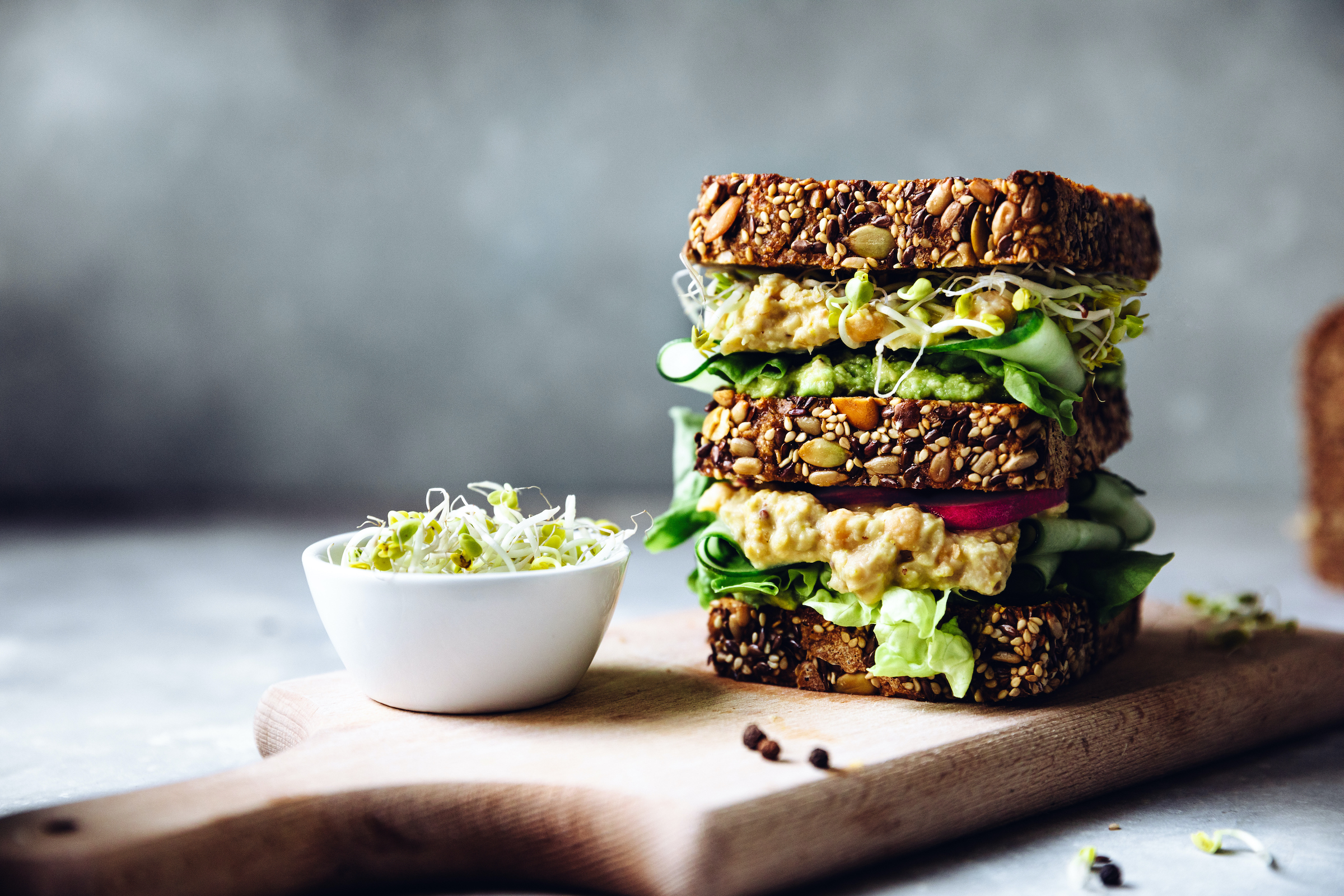We often don’t have the time or energy to plan our meals. That’s why you should take advantage of the pre-made food available at your local grocery store. You can create a variety of healthy and delicious meals with just a few staple ingredients that you probably already have in your pantry. To help you get started, here is an infographic that shows how different foods fit into the Fitness Food Pyramid.
This is also known as the Fourfold Model of Healthy Eating, which categorizes different types of foods into their own section based on their nutritional value and macronutrient content. This article explains more about what is a pyramid and how it can benefit you as an individual or as a member of society as well.

What is a Pyramid? How to Build a Fitness Food Pyramid
A pyramid is a graphic representation that shows the proportions of macronutrients (proteins, fats, and carbohydrates) for a typical diet. It can be used as a guide to help you plan your meals and set healthy eating goals. The pyramid is named after its shape, which mimics the shape of the human body. At the base of the pyramid lies the macronutrient that is the most important—protein.
It’s the building block of the human body and can’t be created or increased in quantity. You need to consume a certain amount of protein every day, but it can be found in a variety of sources including meat, fish, poultry, eggs, soy products, and milk products. Next up is fat, which makes up about 9-16% of your daily caloric intake. Healthy fats are essential and are used to create cell membranes and hormones.
However, an excess of fats can be harmful and lead to weight gain. Fat and oil are found in many different types of foods including avocados, olives, nuts, seeds, and oils like olive and canola. Carbohydrates are the next most important macronutrient.
They provide the body with energy and are the main source of fuel for our muscles. Proteins, fats, and carbohydrates are all essential, but our bodies can only use a certain amount of each. A varied diet including whole grains, legumes, fruits, and vegetables is recommended to ensure you get the right amount of each.
The 4 Sections of the Fitness Food Pyramid
These are the categories you will want to incorporate into your daily diet: – Fruits and vegetables: Your base when it comes to nutrition. These are essential for good health, and you should aim to consume 6-8 servings per day. – Lean proteins: Essential for building and maintaining lean muscle mass. They should make up 10-12% of your daily caloric intake and can be found in lean meats, poultry, and fish.
Eggs are an excellent protein source too. – Nuts: They are high in vitamins and minerals that can make you healthier, and they are also high in protein. You can consume 1-2 servings per day. – Dark foods: This is the section where you can indulge in healthy foods that are high in saturated fats, sugar, and sodium. You will only consume less than 1 serving per day.

Fruits and Vegetables
Fruits and vegetables are essential for your health. They are rich in vitamins and minerals and can be eaten in moderation as part of a healthy diet. They also make for excellent low-calorie snacks. Fruits are mostly made up of water, sugar and natural sugar is a good source of vitamins, while vegetables are high in fiber and provide vitamins and minerals.
Fruits have low calories and carbs while vegetables are rich in carbohydrates and fiber. You can choose from a variety of fruits and vegetables depending on your tastes and what you are in the mood for. Examples of fruits include bananas, avocados, kiwis, oranges, and apples. Vegetables include carrots, broccoli, cauliflower, and tomatoes.
Lean proteins andNuts
Lean proteins are an excellent source of amino acids, which are the building blocks of protein. There are many kinds of lean proteins, and the most important ones are found in animal-based foods. The ideal ratio is about 60-80% lean protein and 20-30% carbohydrate (starch and sugar) or fat.
Examples of lean proteins include turkey, salmon, chicken, beans, tofu, and nuts. Nuts are high in vitamins and minerals, and they are also a good source of protein and healthy fats. They are rich in omega-3 fatty acids, which are essential for good health. You can consume 1-2 servings per day.

Dark foods – known as the “Obsessed Equals”
Dark-colored foods found in this section are rich in saturated fats, sugar, and sodium. You can have up to 1 serving (1 teaspoon) of these foods per day. Rich desserts such as cakes, cookies, and chocolates fall into this category. You should stay away from these sweet treats, as they are loaded with sugar and saturated fats that are harmful to your health.
Dark-colored foods also include butter, margarine, cream, cheese, and ice cream. However, a much healthier alternative is to use olive oil or avocado as a substitute for cooking and salad dressings. You can also have avocados in the morning for breakfast to make a healthy and filling snack.
Wrapping Up
Healthy eating starts with a healthy diet, and the Fitness Food Pyramid is your guide to making healthy choices. It’s important to remember that healthy eating doesn’t just revolve around diet alone. You also need to exercise and get enough sleep to stay healthy and achieve your fitness or weight-loss goals.
Healthy eating means choosing foods that are rich in nutrients, such as fruits, vegetables, lean proteins, and whole grains. The Fitness Food Pyramid can help you choose the right foods for your fitness lifestyle. Now you know how to build a healthy, fitness and effective diet that will help you achieve your fitness goals.








